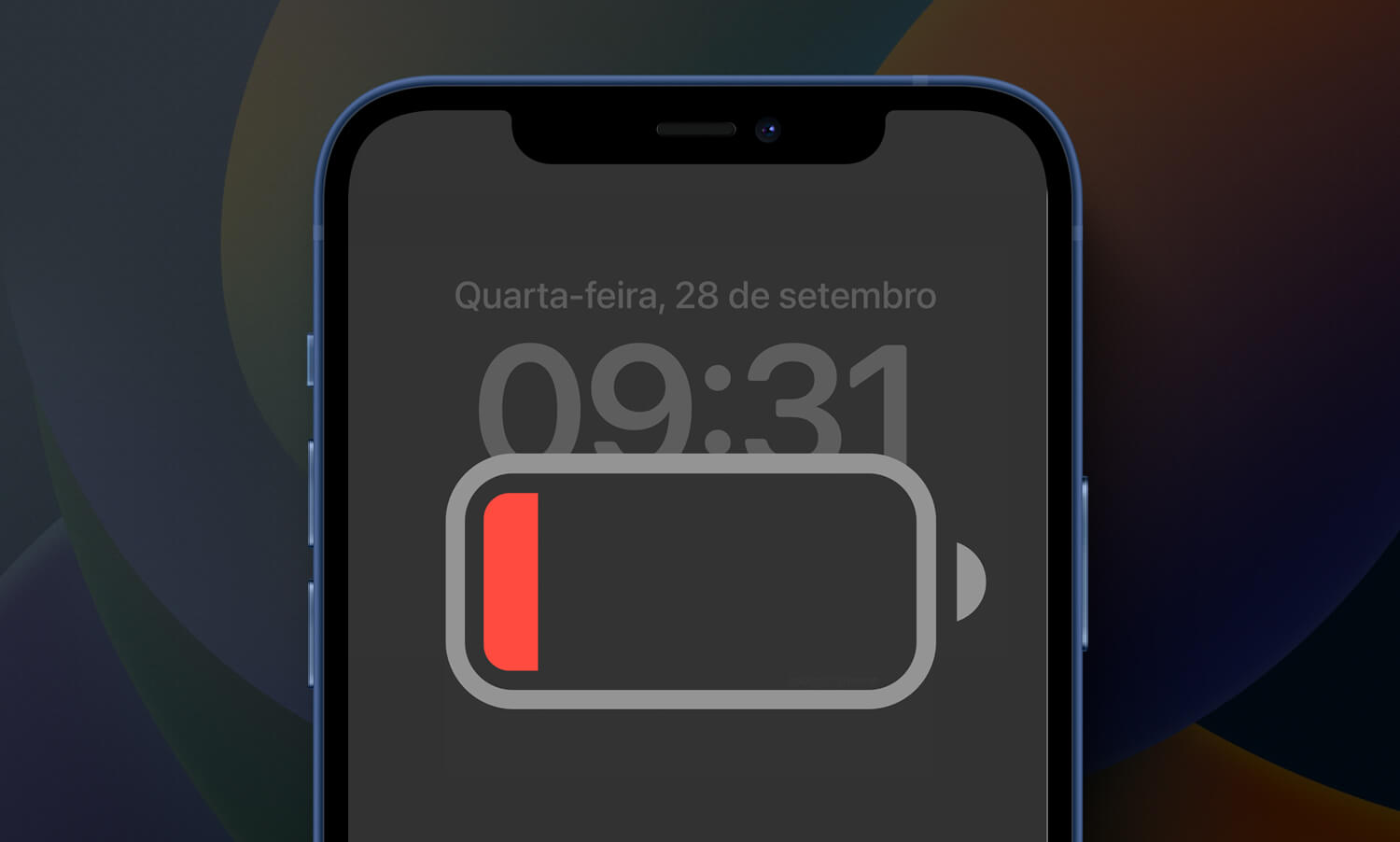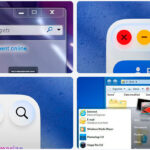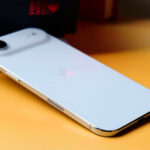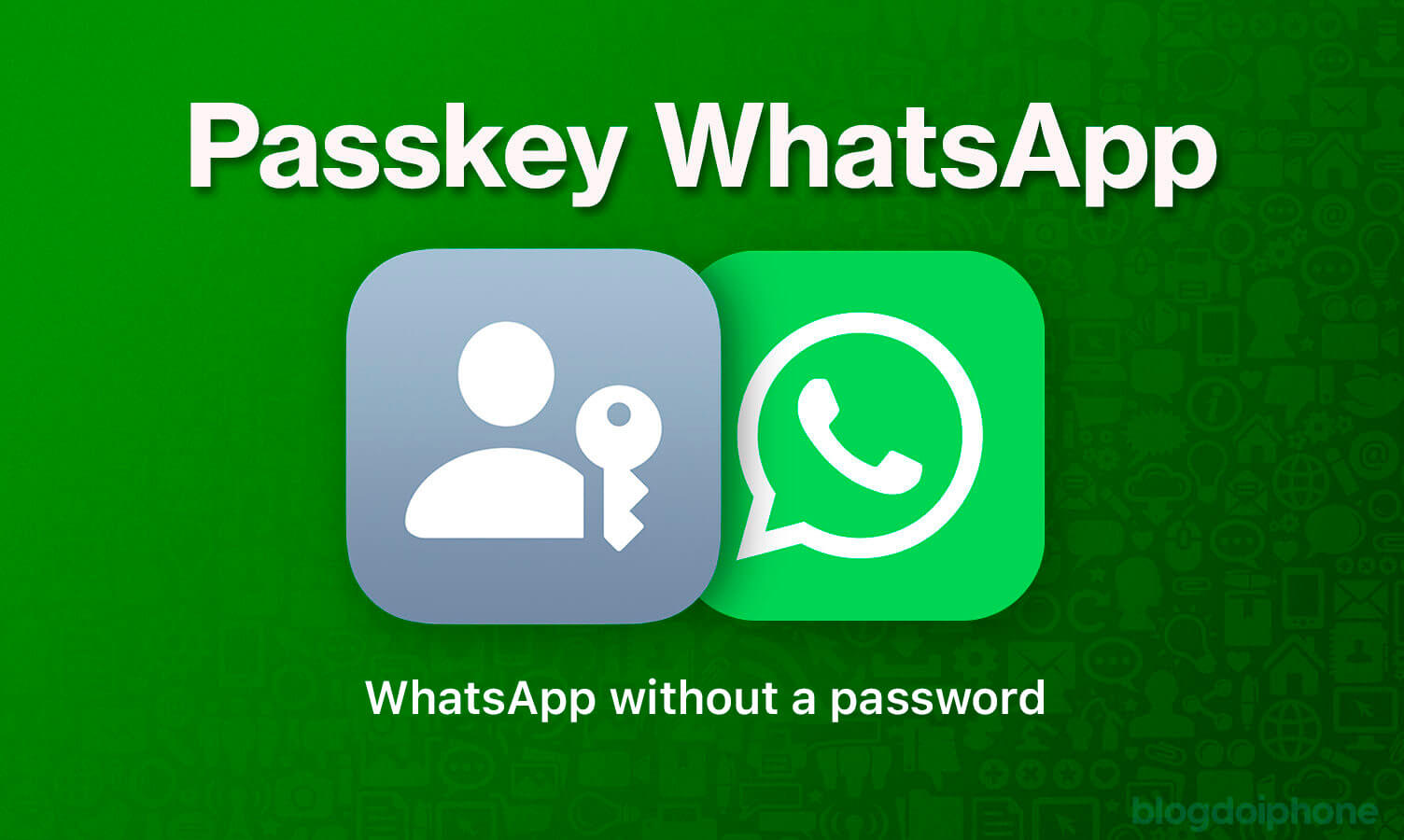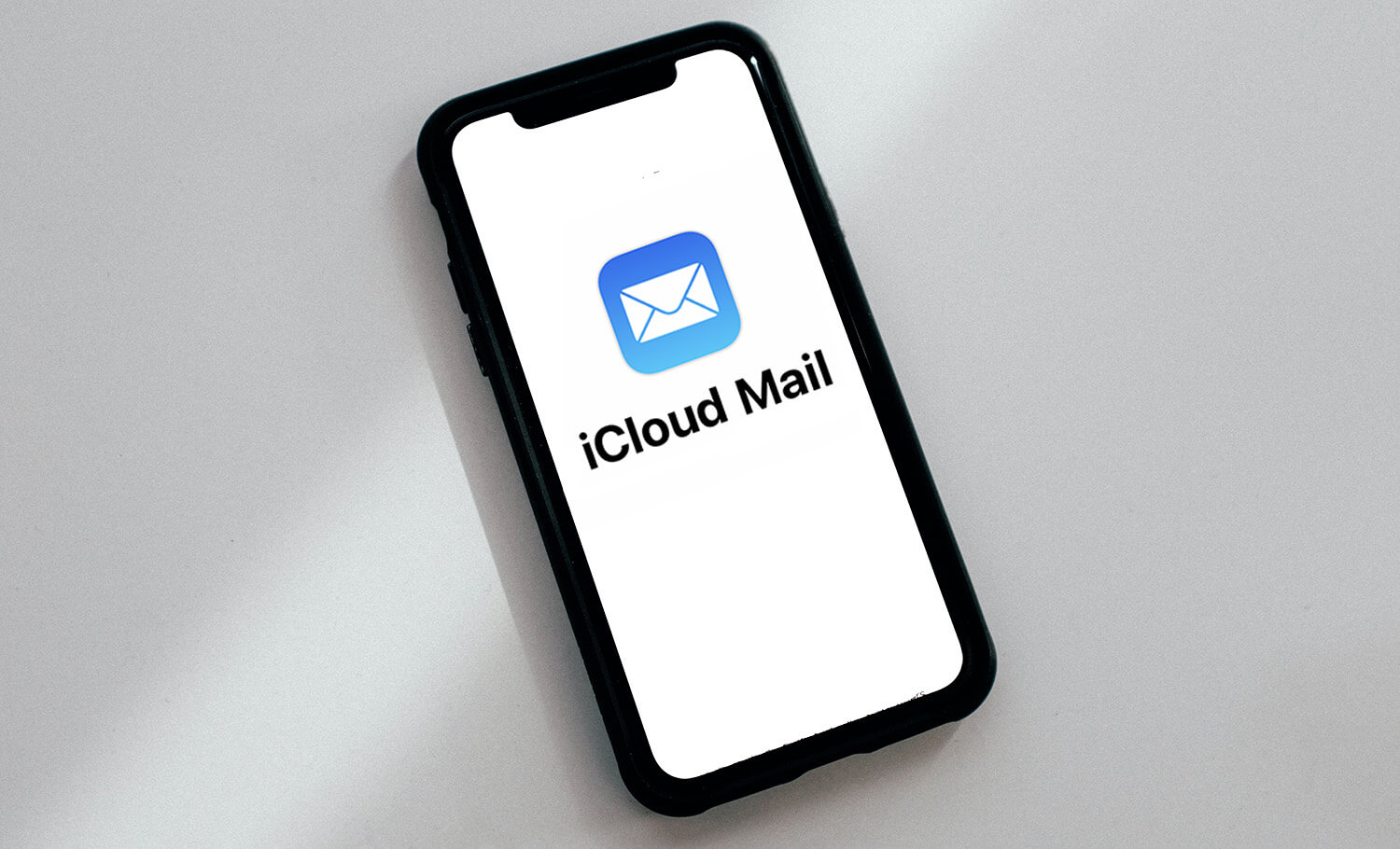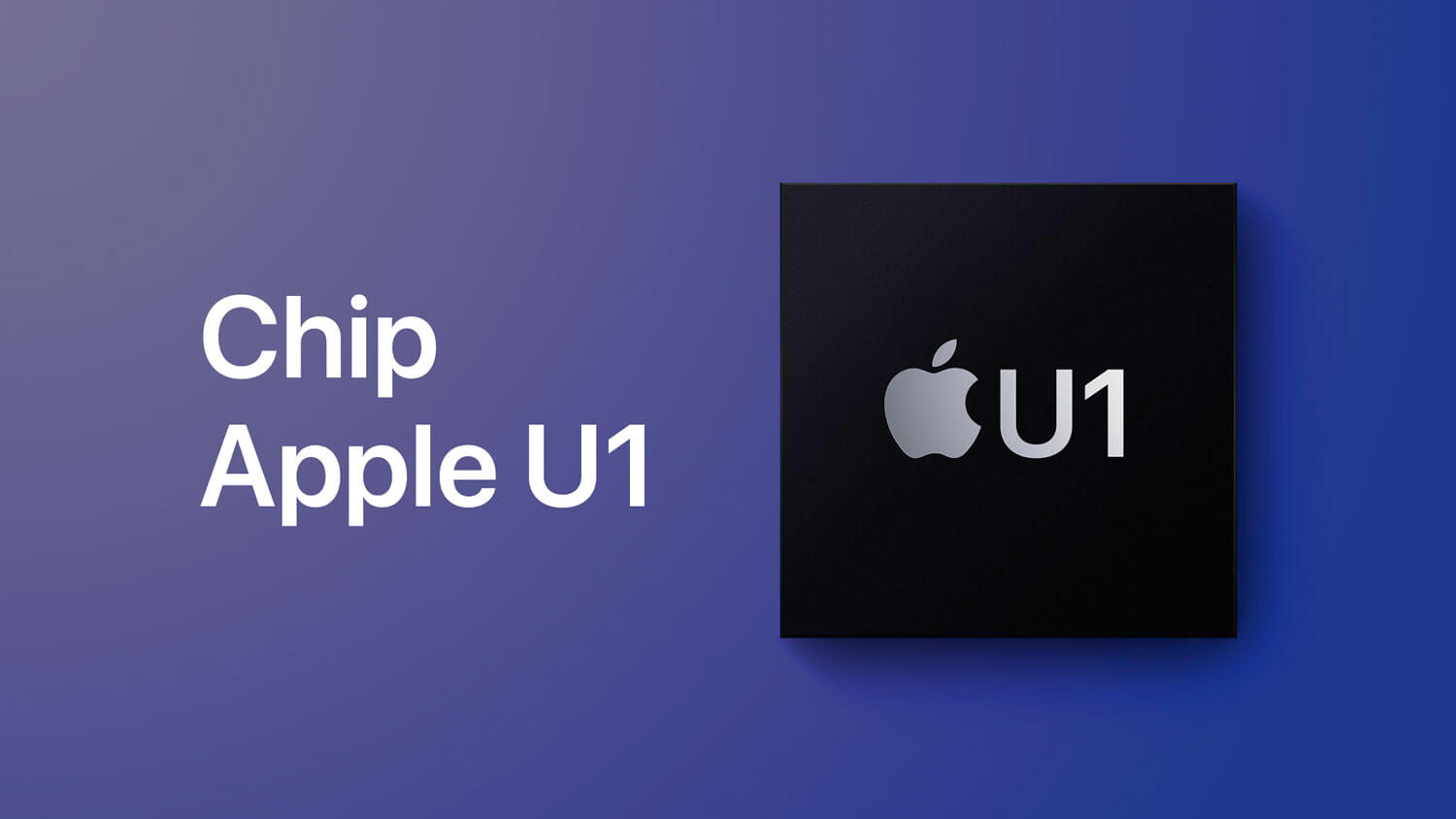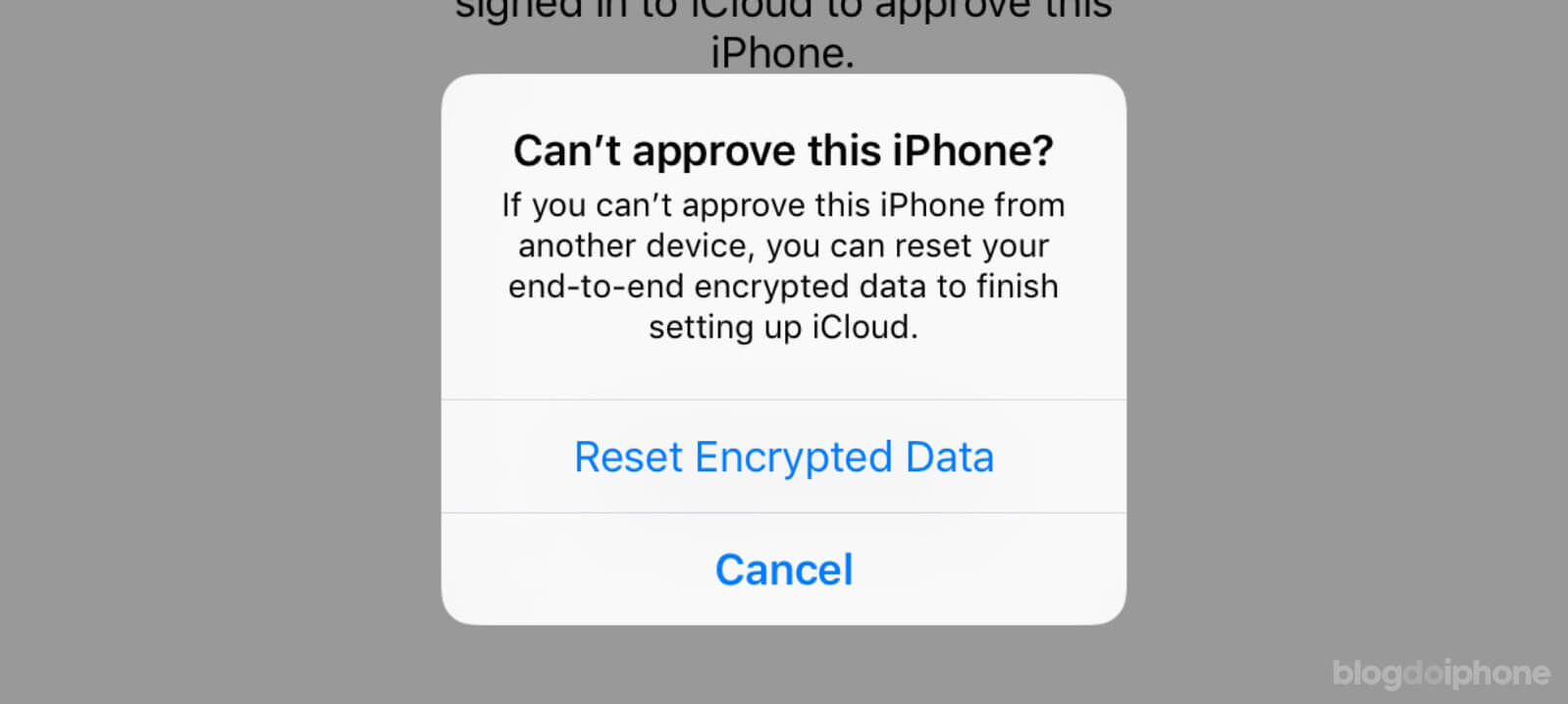If you think your iPhone battery is draining faster than usual, here are the possible causes and solutions.
Some complain of excessive battery consumption on iOS 16, while others haven’t noticed anything.
Modern smartphones with high-definition screens and numerous apps are major energy consumers, and the iPhone’s battery remains an Achilles heel for Apple.
➽ How to save your iPhone battery in extreme situations
➽ 9 truths about the iPhone battery
But sometimes the battery drains faster than normal, and it’s important to understand the cause so you can take steps to address the issue.
In this article, we’ll look at some possible reasons your iPhone battery may be draining quickly, and what you can do to improve its performance.
If your battery is running out faster than usual, see if any of the following reasons might be causing the problem.
1. After updating to a new iOS
You just updated to the new iOS and have noticed that over the past two days, your battery has been draining much faster than usual.
While you might think the update is the culprit, it could be something else.
One reason your battery may be lasting less than usual is that you’re simply using your iPhone more – after all, you’ve probably spent hours testing out all the new features, right?
Sometimes we don’t realize how much we use our phones. In the first two or three days after an update, it’s normal for the battery to last less than usual because you’re using the phone more without realizing it.
Additionally, the system is working harder in the first few days, indexing files in Spotlight (the search engine), photos in the library, notes, and app data.
Dozens of apps update at the same time, all optimized for the new system, and if automatic downloading is enabled, it does all this in the background.
All of this consumes more energy in the first few days. So if you’ve just updated to a new iOS, wait a few days to start evaluating whether the battery is really having a problem or if it’s just a one-time, temporary issue.
2. Issues with an app
Another possible reason is that you are using an app that is responsible for a large irregular battery consumption.
To find out, open the Settings › Battery and see a list of the apps that consumed the most energy in the past hours or days.
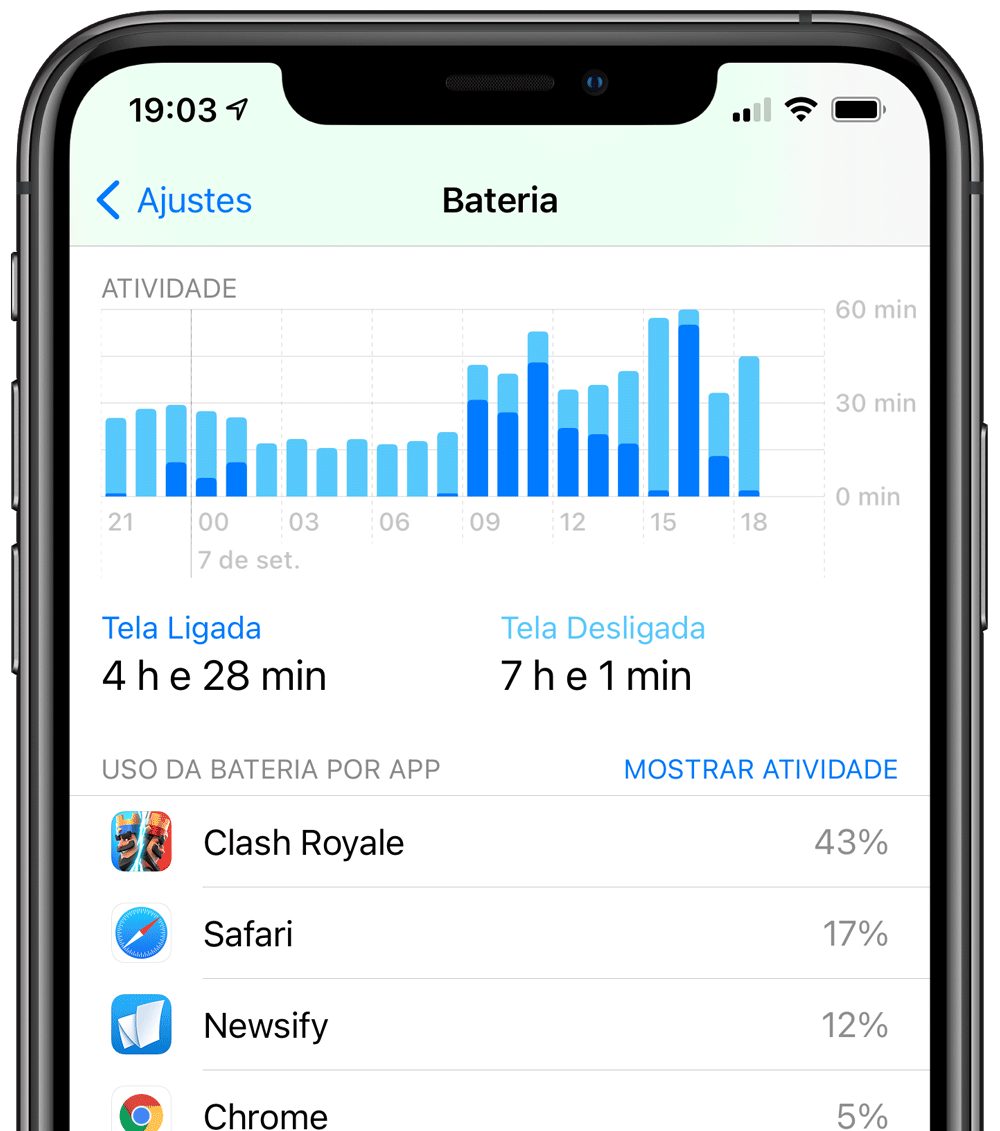
If there is one that is excessively consuming energy, it could be the problem.
The ideal is for you to try to find out if there is an update for it to the new system that works more efficiently.
The general rule is always to keep all apps updated to the latest version, so they do not have problems with the system.
Follow the reading to check out another 4 reasons that may be causing the abnormal discharge of your iPhone and how to improve it.
3. Poor cell coverage
Many people forget about this detail, but if you are in a region with poor cell coverage, the iPhone will be constantly trying to find the network and that ends up quickly draining your battery.
This is very common to happen on trips to the countryside, beach or on roads where there are few operator antennas.
The solution is to turn off the cell connection when you are in these coverage-free regions. Or, if it’s a location where the problem is only with the 4G network, configure to only pick up 3G in Settings > Cellular > Voice and Data.
4. High temperatures
The iPhone battery doesn’t perform well in adverse temperatures. This means that if the device is in an environment where the temperature is below 0° or above 35°C, the battery will be consumed irregularly.
Never leave the device closed inside a car, or in a bag in the sun on the beach. High temperatures, in addition to activating the safety system that blocks the use of the device, also permanently damages the battery life.
5. Issues with the iOS update
It’s not a rule, but when we update an operating system on top of another existing one (instead of restoring from scratch), some things may not go well during this process.
It’s rare, but can happen.
Internal files may suffer minor corruptions that ultimately affect the system’s performance. Unfortunately, this is not uncommon in the technological world, including computers.
If you are experiencing performance or battery problems that are consuming quickly, the ideal solution is to reinstall iOS. In 90% of cases, this is enough for the battery to return to normal.
To perform a complete system restore, the device must be connected to a computer. Before that, make a backup of your iPhone to ensure you don’t lose any important data.
If you decide not to recover the backup after the restore, it’s even better, as it often brings old corrupted files that can also affect overall performance. We explain how to do a Clean Installation of the iPhone on our blog.
It’s a more radical solution, but it’s the one that works best. If it still doesn’t resolve your problem, then the cause may be more serious.
6. Physical Battery Problem
One possibility to consider is that there may be a problem with the physical battery of your iPhone.
Over time, smartphone batteries naturally wear out, and this is inevitable with current technology.
For more information on how to deal with your battery, check out our article on the truths about iPhone batteries.
If your device is a few years old, it’s possible that the battery life is no longer what it used to be.
But how can you tell? Fortunately, iOS has a way to diagnose problems with the physical battery.
To check for battery issues, open the Settings app and go to the Battery menu. If there’s a problem with your battery, a warning will appear at the top of the screen, prompting you to seek authorized assistance.
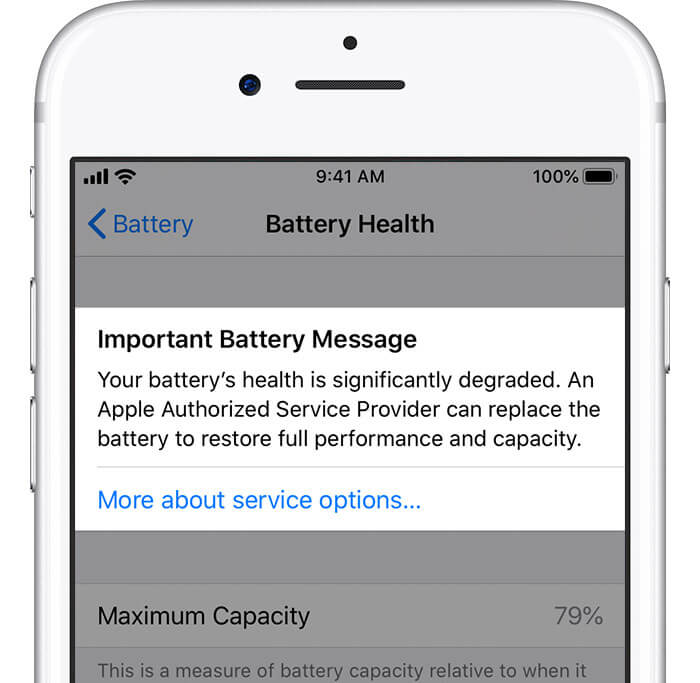
In this case, there is no alternative but to replace your battery.
You can also check how many cycles your iPhone battery has to see what condition it is in.

